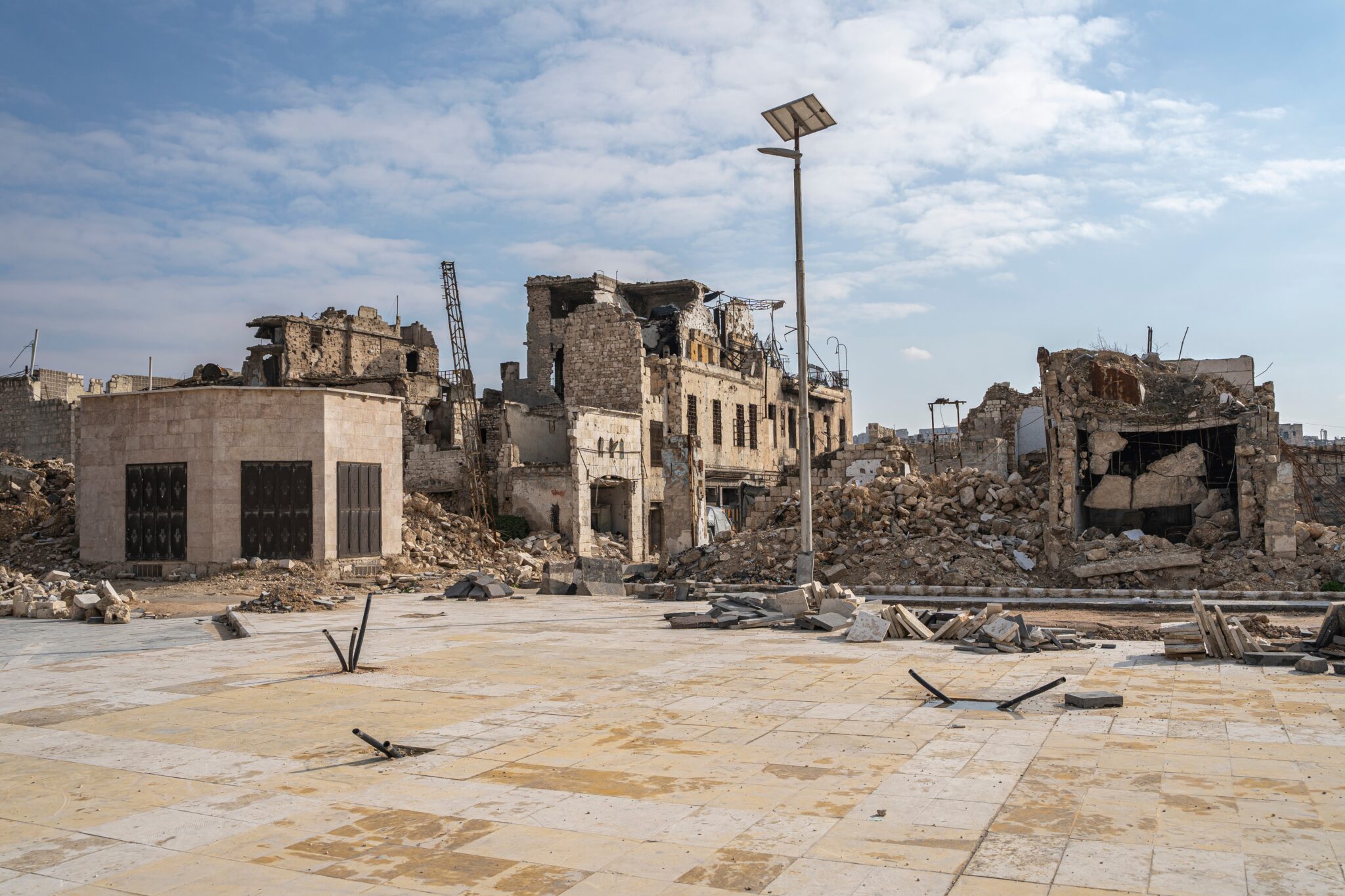Beyond Assad: Syria’s Reconstruction Challenge

The fall of the Assad regime has left Syria in chaos, with over 2 million Syrians returning home amidst a complex humanitarian crisis and a new, uncertain regime.
Story Snapshot
- Over 2 million Syrians have returned home following the collapse of the Assad regime.
- Hayat Tahrir al-Sham (HTS) now governs Syria, seeking legitimacy and foreign investment.
- Mass returns strain Syria’s fragile infrastructure and humanitarian services.
- The US, under Trump, has lifted sanctions, recognizing HTS leadership.
Syria’s New Chapter: Return of Millions
Since the collapse of Bashar al-Assad’s regime in December 2024, Syria has seen the return of over 2 million citizens, predominantly internally displaced persons (IDPs) and refugees. This mass movement has stretched the already fragile infrastructure and humanitarian resources of a nation attempting to recover from years of civil war.
— Dr. Joel P. Rutkowski- President (@RutkowskiDr) August 1, 2025
The HTS, a jihadist group, has seized power, bringing about a new era of governance under leader Ahmed al-Sharaa, formerly known as Abu Mohammed al-Jolani. Sharaa is actively seeking international investment and attempting to establish legitimacy on the global stage, a task complicated by the group’s controversial past and ongoing sectarian violence.
US and Saudi Arabia’s Role in Syrian Reconstruction
In a significant policy shift, the United States, under President Trump, has lifted sanctions against Syria’s new government. The move follows a meeting between Trump and HTS leader Ahmed al-Sharaa, signaling a pragmatic approach focused on stability and economic opportunities. This decision, coupled with a $6 billion investment pledge from Saudi Arabia, marks a pivotal moment in Syria’s reconstruction efforts, especially in urban centers like Damascus.
However, these developments come amid skepticism regarding HTS’s commitment to human rights and minority protection, with human rights organizations raising concerns about potential authoritarian governance. The Saudi investment is seen as a strategic move to counter Iranian influence in the region, aligning with US interests.
Watch: More than 2M Syrians have returned since Assad’s fall
Humanitarian Challenges and Sectarian Violence
The influx of returnees has overwhelmed Syria’s limited health, education, and housing services. The United Nations reports that 16.7 million Syrians still require aid, underscoring the acute humanitarian needs that persist despite the war’s official end. Infrastructure rebuilding in urban areas is underway, yet rural regions remain neglected, posing a challenge to comprehensive recovery.
Sectarian tensions continue to simmer, particularly in regions like Sweida, where recent violence has displaced 175,000 people. Israel’s military intervention to protect the Druze minority highlights the precarious security situation, raising questions about the new government’s ability to maintain peace and protect vulnerable communities.
